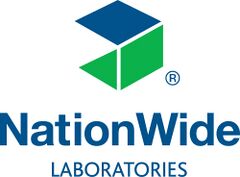Cholesterol
Introduction
Cholesterol, the most common steroid in the body, is derived from the diet and synthesised in the liver. Cholesterol is the precursor of steroid hormones and can be degraded to bile acids, and like bile acids undergoes enterohepatic recycling. As a marker of liver function it has limited value as levels may be increased, decreased or normal according to dietary intake and the underlying disease process. Fluctuations in serum cholesterol are considered to be minimal even after feeding a high fat diet and persistently elevated levels particularly in fasted animals warrant investigation. Hypercholesterolaemia in the absence of hypertriglyceridaemia does not result in sample lipaemia.
Small Animals
Causes of hypercholesterolaemia
- High fat diet/post prandial (minor changes)
- Hypothyroidism
- Diabetes mellitus
- Hyperadrenocorticism
- Cholestatic disorders
- Nephrotic syndrome
- Glucocorticoid therapy
- Idiopathic hyperlipidaemias
Causes of hypocholesterolaemia
- Hepatopathy – especially portosystemic shunt and cirrhosis
- Protein losing enteropathy
- Low fat diet/malabsorption/EPI
Complementary tests
Triglyceride levels, as both triglycerides and cholesterol combine in lipoproteins. Hyperlipidaemia is defined as an increase in plasma cholesterol, triglycerides or both. Hypertriglyceridaemia is the cause of visible lipaemia.
Equine
Causes of hypercholesterolaemia
- Cholestasis
- Starvation
Causes of hypocholesterolaemia
- Liver disease
- Sepsis
Complementary tests
Triglyceride levels
